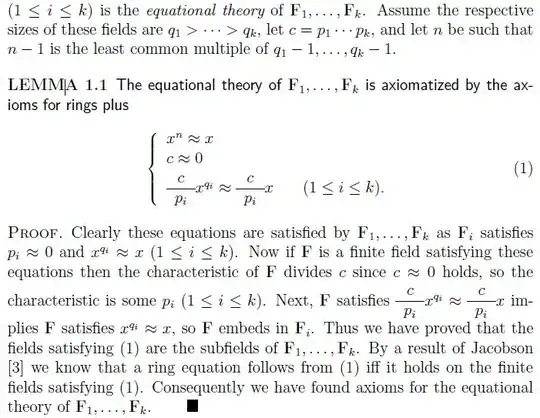Hint $\ $ Note that $\ 2,3\mid f(n) = n^3\!-n = (n\!-\!1)n(n\!+\!1)\ $ for all $\,n,\,$ so $\,6\mid f(n)\,$ for all $\,n\,$ i.e. $\,f(x) = \,x^3\!-x = 0\,$ as a function on $\,\Bbb Z_6.$ Using $\,x^3\! = x\,$ as a rewrite rule we can reduce all powers of $\,x\,$ to powers $\le 2,\,$ so any polynomial function is equal to a polynomial function of degree $\le 2.\,$ However, these reduced polynomials are not all distinct functions, e.g. note that $\ 3x^2 = 3x\ $ since their difference $\,3x(x\!-\!1)\, $ is the zero function on $\,\Bbb Z_6,\,$ since $\,2\mid n(n\!-\!1).\,$
Remark $\ $ One can generalize the above analysis to obtain an axiomatization of the identities satsified by any fixed list of finite fields - see the following, excerpted from Stanley Burris and John Lawrence, Term rewrite rules for finite fields (1991). For example, the Lemma below implies that any polynomial identity that holds true in $\,\Bbb F_4,\,\Bbb F_9,\,\Bbb F_{25}\,$ is an equational consequence of
$$\begin{eqnarray} 30 = 0,\ \ & 15(x^4-x) = 0\\
x^{25}\! = x,\ \ & 10(x^9-x) = 0\\
& \ 6(x^{25}-x) = 0\end{eqnarray}$$



